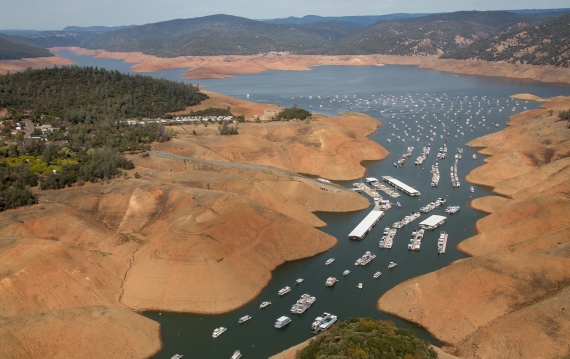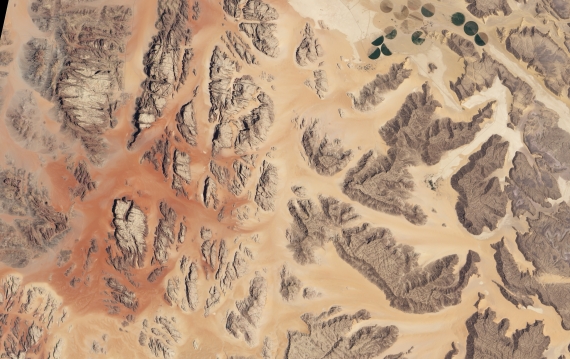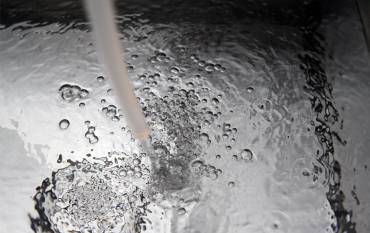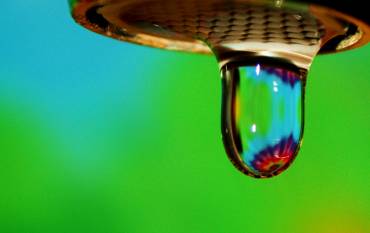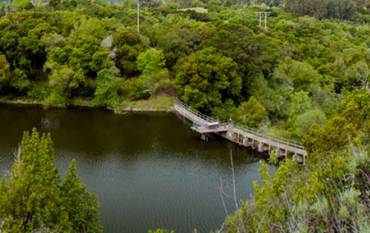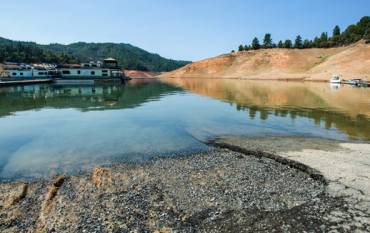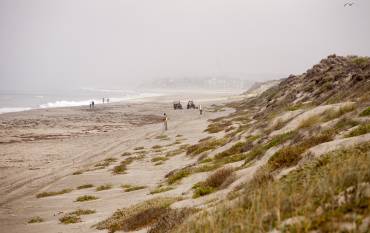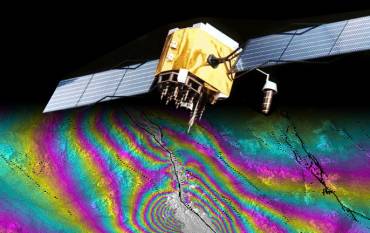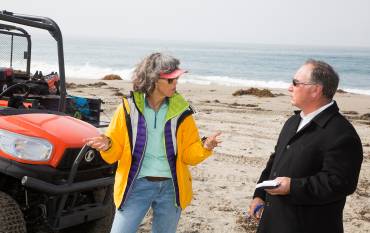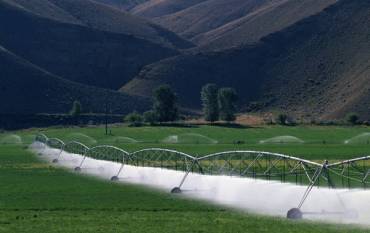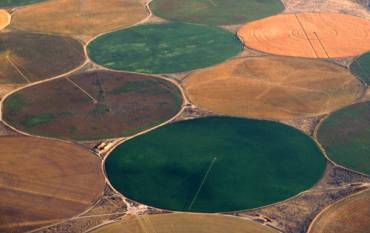The Stanford School of Earth, Energy & Environmental Sciences is now part of the Stanford Doerr School of Sustainability.
This page is currently being maintained for archival purposes only. For the latest information, please visit us here.
Fresh Water Resources
September 2, 2015
<p>Stanford School of Earth, Energy & Environmental Sciences</p>
May 6, 2015
Stanford News
A Stanford committee that included Chris Field and Pam Matson recommends that the university develop and evaluate two alternative ways to achieve fish passage at Searsville Dam.
March 2, 2015
<p>Stanford School of Earth, Energy & Environmental Sciences</p>
November 10, 2014
<p>Stanford School Of Earth Sciences</p>
October 13, 2014
Water in the West
This past Wednesday was a busy day for Rosemary Knight, whose team is wrapping up a two-week long project to use geophysical tools to map saltwater intrusion into aquifers along the Monterey Coast.
June 18, 2014
<p>Stanford School Of Earth Sciences</p>
Stanford Report
Much of the agriculture in the American West depends on underground water systems that need to be carefully moni
- ‹ previous
- 4 of 4
Subscribe to Earth Matters
A free monthly bulletin for your inbox



